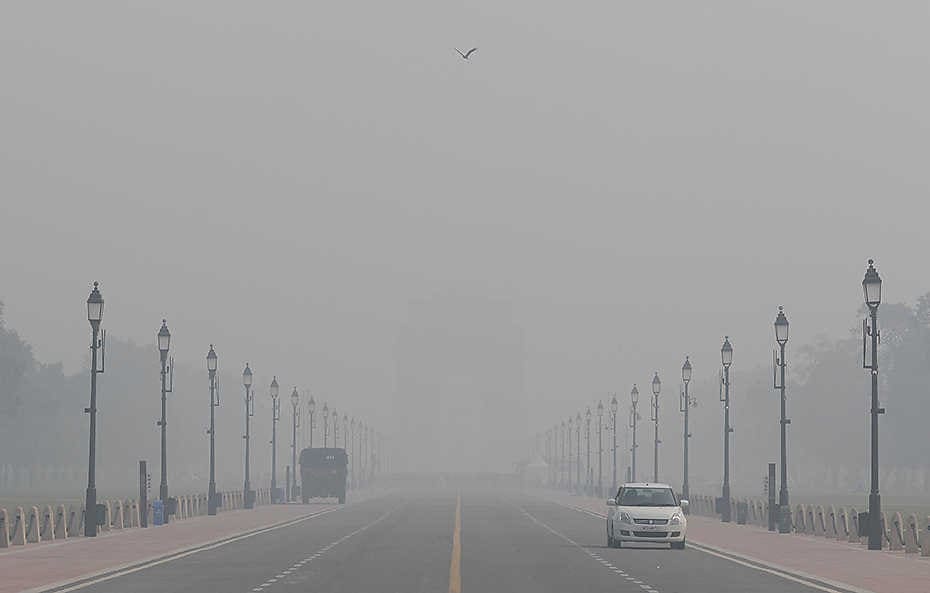Description

Copyright infringement not intended
Context: Curbing air pollution in India needs efforts across South Asia: WB report
.jpg)
Details:
- India has six large airsheds, some of them shared with Pakistan, between which air pollutants move.
- While existing measures by the government can reduce particulate matter, significant reduction is possible only if the territories spanning the airsheds implement coordinated policies, says a report by the World Bank.
- Currently over 60% of South Asians are exposed to an average 35 g/m3 of PM2.5 annually.
- In some parts of the Indo-Gangetic Plain (IGP) it spiked to as much as 100 g/m3 – nearly 20 times the upper limit of 5 g/m3 recommended by the World Health Organisation, says the World Bank report.
- The six major airsheds in South Asia where air quality in one affected the other were:
- West/Central IGP that included: Punjab (Pakistan), Punjab (India), Haryana, part of Rajasthan, Chandigarh, Delhi, Uttar Pradesh;
- Central/Eastern IGP: Bihar, West Bengal, Jharkhand, Bangladesh;
- Middle India: Odisha/Chhattisgarh;
- Middle India: Eastern Gujarat/Western Maharashtra;
- Northern/Central Indus River Plain: Pakistan, part of Afghanistan; and
- Southern Indus Plain and further west: South Pakistan, Western Afghanistan extending into Eastern Iran.
- When the wind direction was predominantly northwest to the southeast, 30% of the air pollution in Indian Punjab came from the Punjab Province in Pakistan and, on average, 30% of the air pollution in the largest cities of Bangladesh (Dhaka, Chittagong, and Khulna) originated in India.
- In some years, substantial pollution flowed in the other direction across borders.
- What this means is that even if Delhi National Capital Territory were to fully implement all air pollution control measures by 2030 while other parts of South Asia continued to follow current policies, it wouldn’t keep pollution exposure below 35 g/m3.
- However if other parts of South Asia also adopted all feasible measures it would bring pollution below that number.
- This is also the case with many other cities in South Asia, especially those in the IGP.
- Accounting for the interdependence in air quality within airsheds in South Asia is necessary when weighing alternative pathways for pollution control.
- The report analysed multiple scenarios to reduce air pollution with varying degrees of policy implementation and cooperation among countries.
- The most cost-effective one, which calls for full coordination between airsheds, would cut the average exposure of PM 2.5 in South Asia to 30 g/m³ at a cost of $278 million (₹2,400 crore) per g/m of reduced exposure, and save more than 7,50,000 lives annually.
.jpg)
https://epaper.thehindu.com/Home/ShareArticle?OrgId=GFNAKVJDK.1&imageview=0












